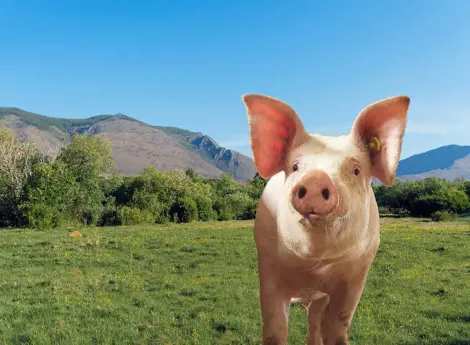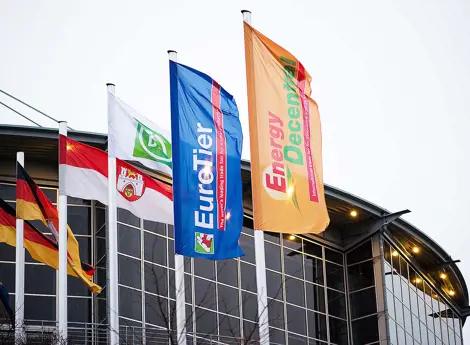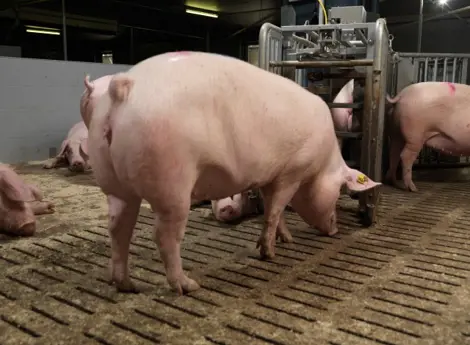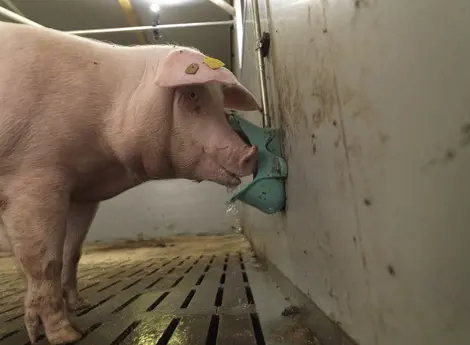Weaning piglets without any problems
The piglet weaning period implies a change in environment and nutrition, and results in reduced intestinal function. This article describes the potential negative implications and what can be done about them through means of nutrition.
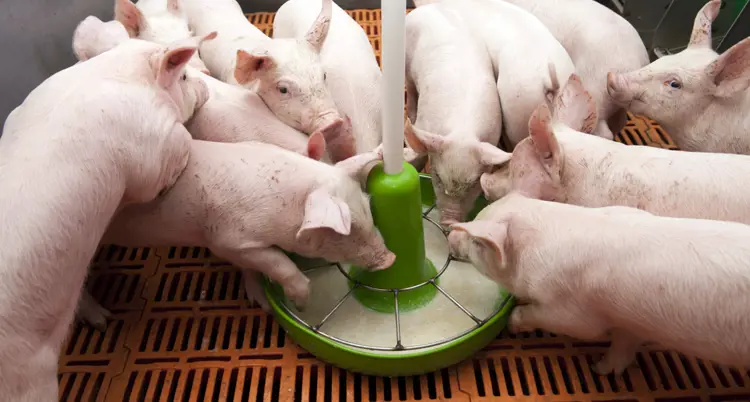
The function of the intestines is the digestion and absorption of nutrients and they forms a barrier against pathogens. The energy and feed intake of piglets after weaning is much lower than the intake during lactation. This has major consequences for the intestinal villi. Due to the low feed intake during the first few days after weaning, fewer nutrients enter the bloodstream. This causes the intestinal villi to significantly decrease in size. Nutrition plays a major role in this respect. Research shows that the intestinal villi barely decrease in size when there is a high intake of a milk substitute during the first three days after weaning, while they significantly shrink in size when there is a low intake of pigfeed for weaning piglets.
Due to the atrophy of the intestinal villi there are fewer intestinal cells to absorb nutrients and water. The absorption of nutrients is reduced resulting in larger quantities of undigested nutrients in the colon. Pathogenic bacteria profit most from these nutrients thus creating a risk of significantly increased health problems throughout the entire growing period. Other research indicates that low feed intake during the first days after weaning causes increased intestinal leakage. This is because more openings are created between the intestinal cells during the first few days after weaning. As a result an undesired number of pathogens reach the bloodstream. Aside from low feed intake during the first days after weaning, intestinal leakage can also occur due to stress and infections.
Variation in Feed Intake after Weaning
In practice, not all piglets in a litter take in the same quantity of feed. In an average litter, 10 to 20 percent does not feed or barely feeds during the first two to three days after weaning. These are the piglets that incur a lot of intestinal damage and are at a high risk of incurring intestinal health problems at a later stage of the growing period. It is extremely important that all piglets take in feed in the first days after weaning.
Optimal Feed Strategy after Weaning
When piglets are weaned at a young age, between three to four weeks, they will have taken in little feed. As a result, at the time of weaning, the piglets are still not sufficiently accustomed to taking in dry feed and will experience a major dip in feed intake after weaning. To maintain optimal intestinal health, these piglets should be provided with a very highly digestible energy-rich prestarter, focused on energy intake, during the first three days after weaning. A maximum of three days after weaning they should then be switched to standard weaning feed. The composition of this weaning feed ensures that any potentially incurred intestinal damage is repaired as quickly as possible and that there is a gradual transition to next feeding phase.

